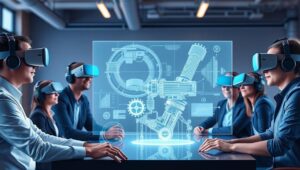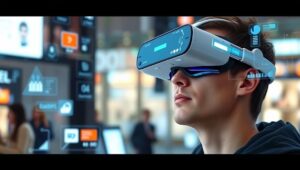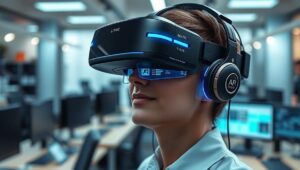June 2, 2025
Securing the Metaverse: New Realities, New Threats (2026)
Securing the Metaverse: New Realities, New Threats (2026) The metaverse, once a futuristic concept, is rapidly becoming a tangible reality. By 2026, immersive digital environments are projected to be integral to how we work, socialize, and conduct business. However, this expansion introduces a new frontier for cybersecurity threats. Understanding and addressing these challenges is crucial for ensuring a safe and secure metaverse experience. Evolving Threat Landscape The metaverse presents unique security concerns compared to traditional internet environments. These include: Identity Theft and Impersonation: Realistic avatars and persistent digital identities create opportunities for malicious actors to impersonate individuals, leading to fraud










